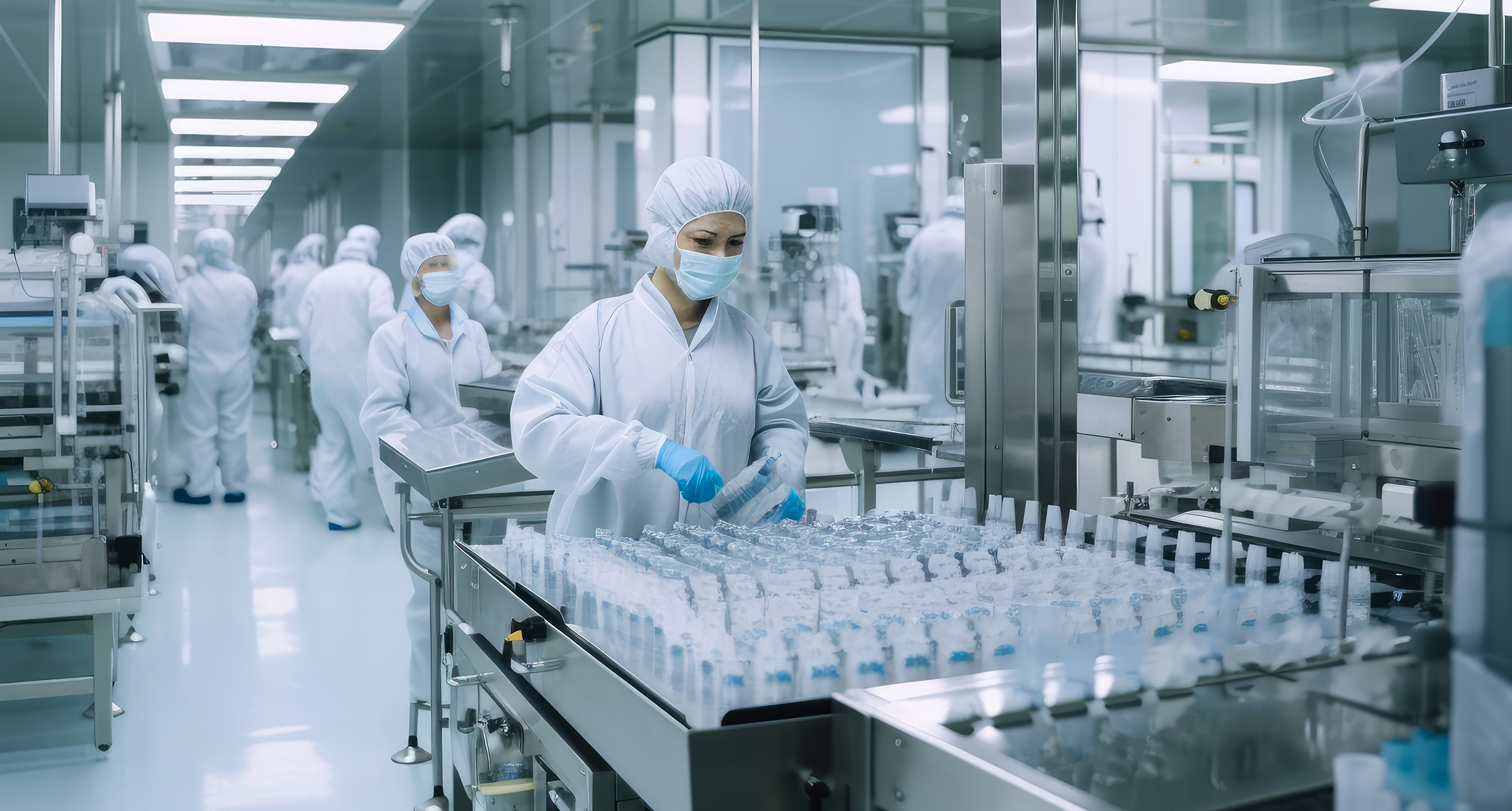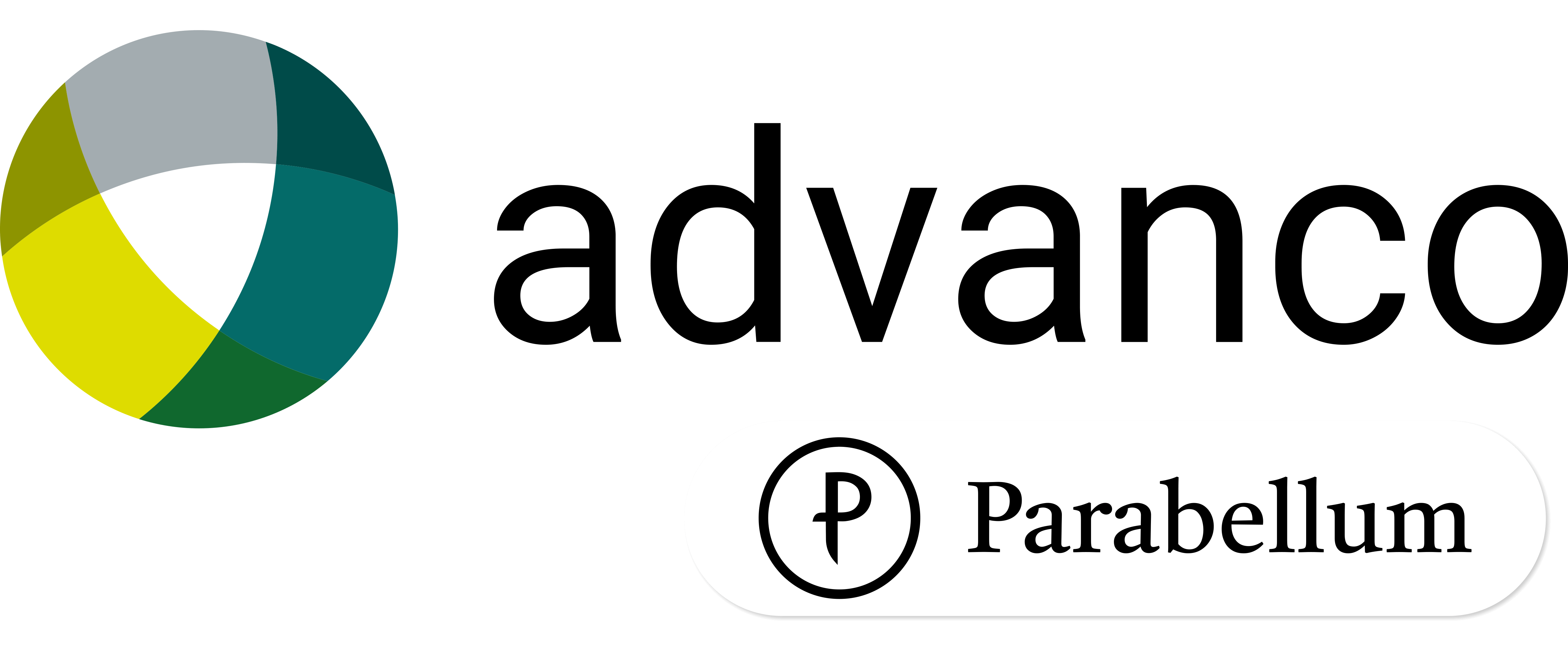How pharma is showcasing serialization to other sectors
The rapid rise of serialization technology as the perfect solution to tackle forged medicines and protect the reputation of the pharmaceutical sector has not gone unnoticed by other industries.

Indeed, it is fair to say that pharma is wholly responsible for demonstrating the benefits that can be gained by investing in serialization solutions.
As we know, serialization has long been established in the pharmaceutical sector as a central component of the packaging used for medicines and drugs. It is the main method used to provide consumers with the valuable assurances that the medicines they are relying upon are indeed the “real deal”.
However, is pharma simply the starting point for serialization solutions? No – far from it. Tobacco deserves the title of “serialization pioneer”, at least more so than pharma, as tobacco was the sector that adopted serialization on a major basis, using it to both prove authenticity and help in the collection, and the recording of the collection, of taxes. However, pharma is arguably the sector that has fully grabbed serialization and ran with it in the biggest way.
The evidence shows that many new industries, over and above pharma and tobacco, are actively looking at the concept of serialization. Therefore, let us take this opportunity to remind ourselves how pharma has been leading the way, and briefly look at which other industries are either already adopting serialization, or are very likely to do so, soon.
Pharmaceutical packaging – leading the way for serialization solutions.
We are all too aware of the concerning statistics that are often cited when it comes to illustrating the devastating impact of forged medicines.
Without regurgitating them all again, the World Health Organization asserts that roughly 10 percent of medical products circulating in low- and middle-income countries are substandard or falsified. Nearly half a million people are estimated to be killed by counterfeit medicines in sub-Saharan Africa every year, according to data from the United Nations Office on Drugs and Crime. Of these, 267,000 deaths are believed to be linked to falsified or substandard antimalarial medicines, while a further 169,271 are linked to falsified or substandard antibiotics for severe pneumonia in children.
The pharmaceutical market has, therefore, put serious effort into doing all it can to stop the criminals responsible for causing such destruction.
More countries are realizing the importance of regulating their pharmaceutical production process, and much like a snowball effect, momentum is gathering. With the EU Falsified Medicines Directive (FMD) coming into effect in February 2019 and the US introducing legislation in November 2017, as part of the Drug Supply Chain Security Act (DSCSA), it’s expected that more than 75% of global medicines were covered by some form of track and trace regulations by 2019 – a figure that is constantly growing. For example, traceability legislation has recently been mandated in the Middle East and North Africa (MENA) to combat the growing problem of counterfeit medicines.
Therefore, it can rightfully be argued that the pharma sector leads the way when it comes to serialization technology. It isn’t simply a nice-to-have, it is a mandatory must-have, and is now firmly embedded as a central component of virtually every aspect of pharmaceutical production across the globe.
However, what about other sectors?
Serialization as an ESG driver
There has recently been an increasing amount of commentary around the fact that the fashion and apparel industry is taking a keen interest in traceability and serialization solutions.
Tellingly, however, this is not so much from a sense of protecting consumers from direct damage to their health, it is more of a call for greater sustainability and a significant reduction in waste across the industry. This will require greater levels of transparency of product data for brands to reduce their carbon footprints and demonstrate compliance with regulations.
The importance of this development cannot be overstated
Virtually every industry in the globe is now under pressure to showcase their ESG and “green” credentials. The ability to show that wasting resources, especially the planet’s natural resources, but also effective waste management and an upturn in recycling, is now a central component on the strategic objectives of most companies, no matter whether it is a small family firm or a large, global corporation. There is, therefore, a very real probability that serialization will be important right across the board in the future, for industries of every kind.
The move to ESG in the fashion sector is being bolstered by regulatory requirements – in much the same way as serialization has been mandated by government edicts when it comes to pharma. As an example, the EU Ecodesign for Sustainable Products, or Digital Product Passport, mandates a wide range of requirements, including the need for product durability, reusability, upgradability and reparability, energy and resource efficiency and the encouragement of recycled content.
If such regulations take hold in the same way as they have done for pharma, make no mistake about it – serialization will soon be important for the fashion industry, too. And, potentially, every other industry out there.
From pharma to life science to food
One sector that is already embracing the pharmaceutical serialization model is the food and beverage sector, especially goods that are fresh, such as dairy products, meat, and fish.
Tellingly, such products are the ones that stand a high chance of causing serious illness to consumers if they are manufactured, transported, or sold in the wrong conditions, often requiring temperature-specific conditions. As with drugs and medicines, counterfeit food has the potential not just to cause serious harm, it can kill. In 2008, Chinese authorities discovered that milk and infant formula included the industrial and toxic chemical melamine. Six infants died from kidney stones and kidney damage and an estimated 54,000 babies were hospitalised. It was later discovered that some 18 Chinese local dairies were adding this chemical to products.
Operation OPSON, a Europol and Interpol joint initiative, resulted in the seizure of 10,000 tons of fake or substandard foods and over 26 million litres of counterfeit drinks in 2017, with arrests made across the Americas, Asia, and Europe. And in October 2017, news broke that the UK’s largest poultry supplier to major supermarkets has allegedly been altering slaughters records and falsifying kill dates to artificially stretch the commercial life of the meat.
Food manufacturers across the world are therefore increasingly looking to the pharmaceutical sector as the leading light when it comes to watertight authentication and traceability solutions. In the food and beverage sector, consumer safety is also critical. The ability to trace a product right back to its exact point of origin will give consumers an increasing sense of security that the products they are consuming are safe and will not harm them.
A touch of luxury
There is an ongoing issue within the luxury goods market stemming from the countless “fakes” that are on open sale in markets and even shops across the globe. Whether it is fake designer handbags, sunglasses, jewellery or perfumes, their presence results in an increased risk to the legitimate producers of these goods, and the livelihoods of the staff that produce them.
Buying an original item is important for both the manufacturers and for the final customers for many reasons. Fake items are generally made with low quality components, they can be dangerous since they could have been made using dangerous or poisonous parts, normally the fake products are made in developing countries using near-to-slavery workers – the list can go on and on.
Again, it will be pharmaceutical serialization that paves the way for the increased uptake within the luxury goods sector. By entering the mainstream luxury market, serialization will mean that each item will carry a unique identifier that can be queried by anyone – although, importantly for the luxury market, these will need to be done in a way that will not spoil the look and feel of the designer brand.
Whether the method used is a tag, hologram or other method, most people will arguably see such an addition as a good thing – proof of the provenance of their purchase, and proof that they haven’t been made using slave-labour or equally distressing methods.
Serialization and the future
The pharmaceutical sector is currently leading the serialization race. It is a core component of the entire industry and is set to become even more important in the future.
However, serialization solutions are making inroads into other sectors, with the evidence pointing to a rapid uptake in the not-too-distant future. Will these other sectors match the penetration experienced by pharma? They have a long way to go – but momentum is gathering pace all the time.
One thing is for certain – serialization is rapidly rising in importance as a boardroom topic across multiple industries thanks to the major benefits it has brought to the pharmaceutical sector. And, with single item serialization theoretically being able to be applied to every possible product, we can certainly expect to see it becoming centre stage across many other industries in the not too distant future.



